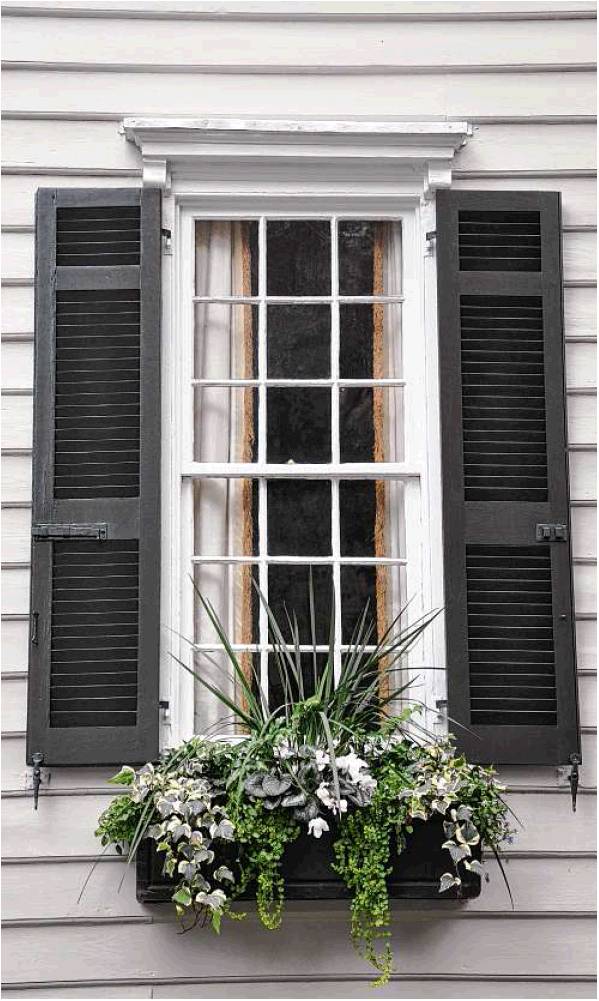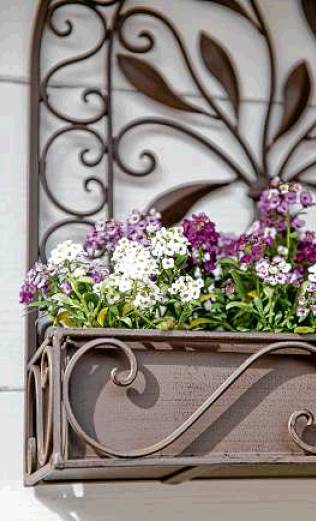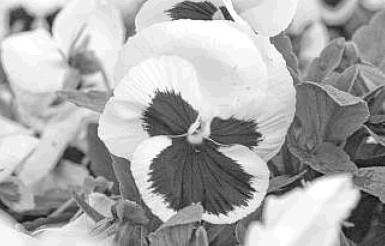IN THE GARDEN
On the mend after the big freeze
Containers and window boxes can provide a burst of color while those tender tropical plants are recovering
By Kathy HuberDid January’s big chill bolt you back to reality?
Despite our tropical summers, Houston gardens lie in Zone 8, with minimum temperatures dipping into the teens.
Our consecutive nights in the 20s freeze-dried many lush green landscapes into silent brown husks. But there’s no need to panic. Our gardens look bad now, but the green is stirring. Evergreen pears will soon be in full glory, their clouds of white blooms reassuring against the bare branches of other trees. Narcissus have raised their fragrant heads; snowflakes will soon be up and about.
Easy does it
We have a long growing season ahead of us. While landscapes have bared their bones, let’s assess the freeze damage and decide if it’s time to make big or small changes.
It’s obvious some plants are history. Impatiens and begonias are a reduction of soggy stems. Angelonias, pentas and ferns also may be toast.
After the freeze, clean up the mushy, stinky stuff immediately, advises the Harris County Texas AgriLife Extension Service. But don’t prune anything with bark until danger of frost has passed.
Although sources vary by a few days, many mark the average last frost in early March.
Keep an eye on the forecast before taking the clippers to that dead wood on lantana, hibiscus, esperanza, duranta, plumbago, oleander and firebush.
Give plants time to green up. If the plant is pliable and you can scratch the surface and see green tissue, it’s still alive.
Once we’re frost-clear, cut back to live wood. If there’s none above the soil line, remove the dead top and wait. Older, typically garden-hardy hibiscus varieties stand a better chance of repeat performances than tender tropical types. Large, established oleanders likely will return; dwarf oleanders are iffy.
Once-towering angel’s trumpet (Brugmansia spp.) may now resemble a soft-limbed candelabra, but they should return from the roots.
Unprotected limes and lemons also suffered, but thick-skinned grapefruit, oranges and mandarins have proven surprisingly tolerant.
With some plants, it may be a longer wait-and-see proposition. Prefreeze health, type, soil moisture, mulch and protection will influence their survival.
For frozen palms, if there’s green in the crown, there’s hope. Don’t prune just yet, but spray the crown now with acopperbased fungicide and then again in 10 days. Apply a palm fertilizer with trace elements every two months March through September.
Time for a change?
With our gardens in their barest state, it’s a great time to evaluate.
A “correction” like we’ve had allows the plants that really belong here to perform.
Emphasize plants that do well, and be careful about tropical plants that belong in Zone 10 — unless you accept them as annuals. Roses are among the hardiest survivors.
Now is also a good time to add hardscapes, such as a pergola, a sitting area or a cluster of pottery in vibrant colors.
Perhaps you want a complete theme change, from tropical to native or cottage to Zen.
You also could use the opportunity to strengthen your design structure with trees and evergreen shrubs.
Boxwood, cephalotaxus, Chinese mahonia, leucothoe and nandina pulled through with little or no damage. Make note of smaller trees and large shrubs that will add seasonal interest and feed and shelter birds.
Choose plants based on their mature size. Mix up your plants a little for a more natural look, but don’t plant just one unless it is intended as a focal point or specimen planting.
For an instant fix while you consider long-term options, plant pots of cool-season color.
We’ll need to nurture our gardens a bit more in the months ahead.
A version of this story ran in January 2010.



